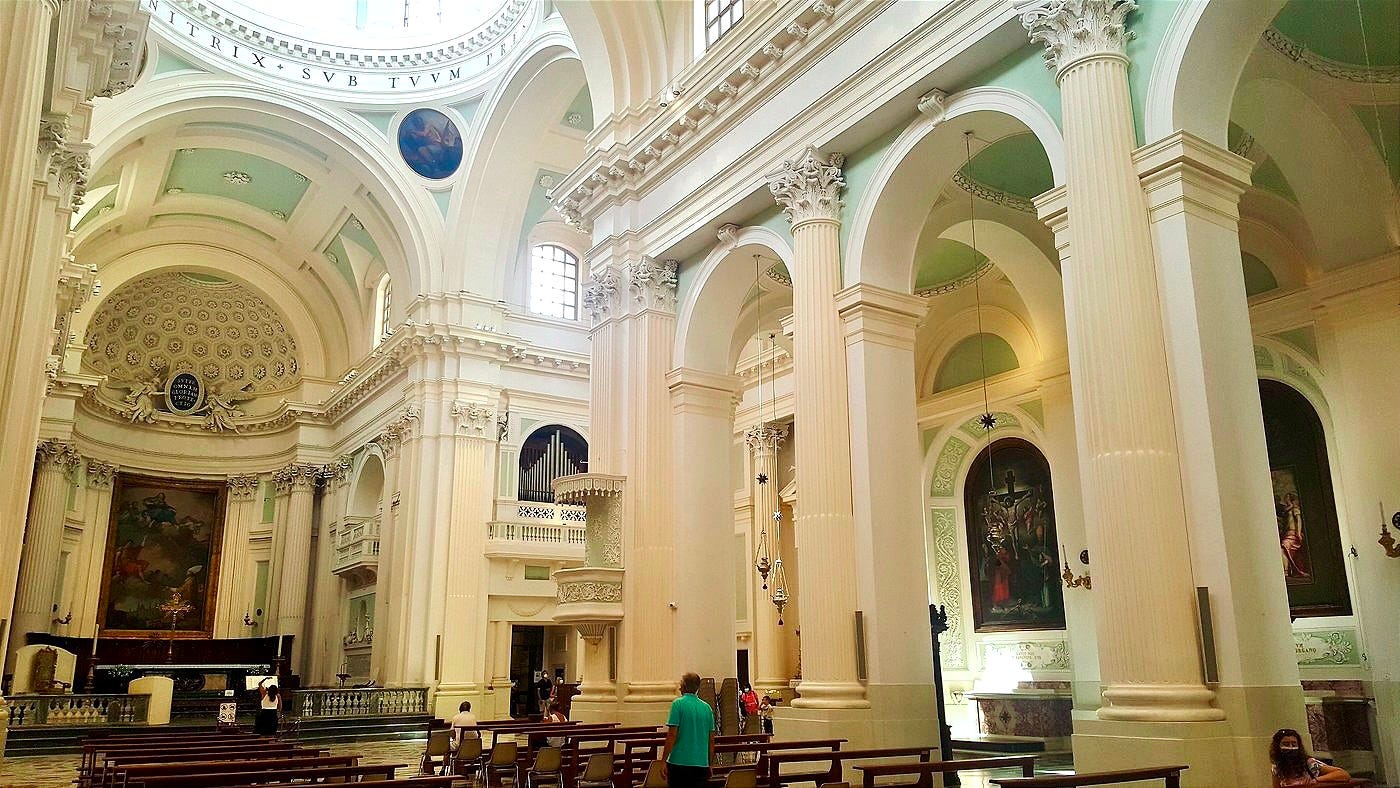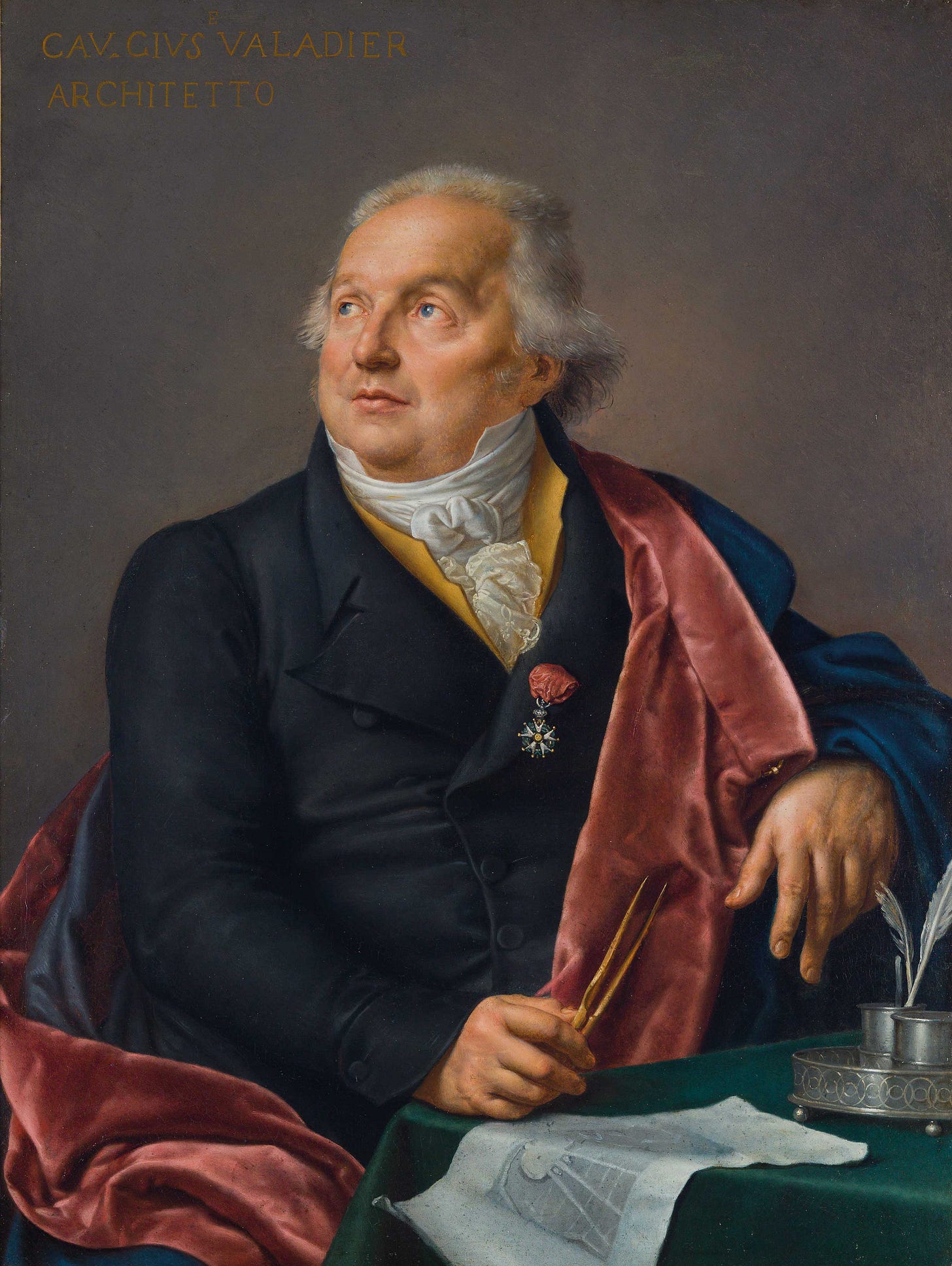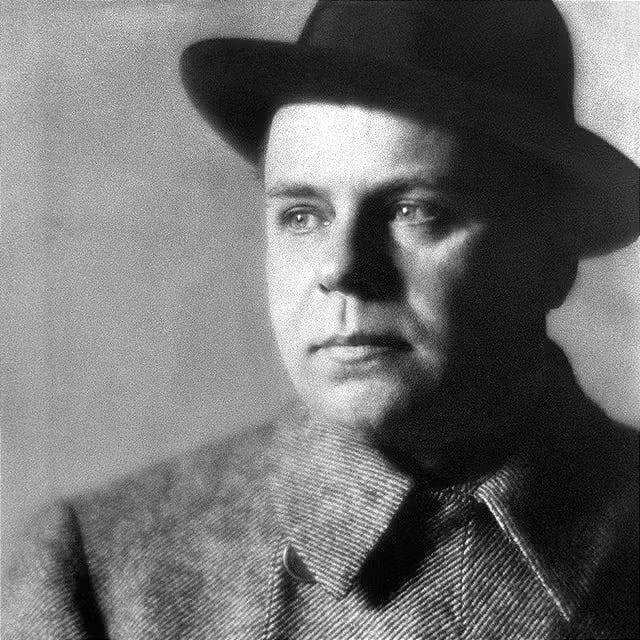How to Rise from the Ashes
How do you respond when they destroy what you love?
1789 was a year of destruction. The seismic tremor of revolution shook the Kingdom of France, and its shockwaves soon rippled across Europe. In the aftermath of such geopolitical convulsions, centuries of tradition were overturned as customs and kings throughout the Old World were steadily borne toward their doom.
Though not clear at the time, the harbinger of this metaphorical earthquake came in the form of a literal one. In January of that same year, the ground trembled under the Italian city of Urbino — once the crown jewel of the Renaissance courts — and its citizens watched helplessly as their beloved cathedral collapsed in a heap of broken stone.
But while both earthquakes and cathedrals are common in Italy, this loss cut deeper than most — for it shattered far more than just stone.
The cathedral had stood since the reign of Federico da Montefeltro, the Renaissance Duke who had, through vision and valor, transformed Urbino from a (literal) backwater into the cradle of Renaissance Italy. Urbino’s cathedral was one of his grandest and most monumental legacies, and a major source of civic pride for the city’s inhabitants.
For a son of Urbino to watch it collapse before his eyes, therefore, was to see a major part of his own cultural inheritance reduced to ruins. In many ways, it was a parallel of what would happen during the French Revolution — and what continues to happen at an ever-accelerating rate today.
But Urbino’s response to the disaster reveals the key to overcoming even the most devastating of attempts to destroy your cultural heritage and patrimony. For Urbino did not simply rebuild what was — they instead built what never had been, and honored Federico’s legacy by creating something far greater than what anyone could have imagined.
Today, we tell the story of the man behind this ambitious project — and how, through stone and symmetry, he forged a blueprint for those who refuse to let cultural loss become cultural amnesia…
But first — this summer we are hosting our first ever INVICTUS retreat, The History of Rome as Told by Its Heroes.
Come explore the 5 Ages of Rome with us and learn not just about the Eternal City, but the men who made her great.
There’s only 1 spot remaining, so click below learn more about the retreat and apply today:
The Architect of Continuity
Giuseppe Valadier was born in Rome in 1762. He was the son of a celebrated goldsmith and architect, and heir to a tradition of craftsmanship that fused art with architecture. From an early age, he showed an instinct for balance — between form and function, reverence and reinvention.
Trained in the classical tradition, Valadier rose quickly through the ranks of Roman architects. He was already designing altars and chapels by his early 20s, and at the age of 24 was named architetto camerale — chief architect to the Papal Court.
But it was his work as a restorer that defined his reputation. Unlike many of his era — who tore down the old in pursuit of the fashionable — Valadier saw preservation as a duty. He restored the Arch of Titus, led conversation work in the Roman Forum, and reimagined Piazza del Popolo — always with a sensitivity to history’s underlying spirit.
By the time the earthquake struck Urbino in 1789, Valadier had become a trusted interpreter of Italy’s past, as well as a guide to its future. So when the call came to rebuild the city’s cathedral, he understood what was truly at stake.
It wasn’t just a construction job, but the passing down of an inheritance — one he would either steward well, or squander.
Building the Future In Light of the Past
The damage to the Urbino cathedral was catastrophic. The vaults had caved in, walls had split, and the once-proud Renaissance structure lay in ruins.
There was pressure to rebuild the original exactly as it was — but to do so faithfully was impossible, for the cathedral had been constructed over the course of centuries. Misplaced nostalgia would lead only to a second-rate replica of the original, whereas a bold modern replacement would result in something just as lifeless.
Faced with these two choices, Valadier rejected both and chose an altogether different path. He wouldn’t restore the old blindly, nor break with it entirely — he would rather reinterpret it for the present.
He began by turning to the principles that had guided the original: harmony, dignity, and proportion. Renaissance architects had drawn these from ancient Rome, and Valadier, trained in that same lineage, knew how to speak their visual language.
But he also knew it was no longer the 15th century, and that to simply replicate the work of a previous age would be to drain it of meaning. So while preserving the essence of the past, he adapted its expression to fit the present — the cathedral’s columns and capitals, for example, were simplified to reflect his own era’s taste for restraint.
The result was something entirely new, and yet utterly faithful to Urbino’s past. By focusing on the essence and not merely the substance of the old cathedral, Valadier gave Urbino something far greater than a copy of what it had lost — he gave it an inspiring vision of what it still was.
Building Back Better
Today, Valadier’s cathedral still stands with quiet confidence in the heart of Urbino — a work of measured beauty that reflects its architect’s reverence for tradition, mastery of design, and eye for renewal.
But the true significance of the cathedral lies not in how it looks, but in what it represents. It is proof that cultural destruction is not the end — and that even in the face of irreversible loss, the past can be carried forward with honor.
Valadier understood what so many today forget: that heritage is not a burden, but a foundation. He didn’t treat the past as sacred simply because it was old — he treated it as sacred because it still had something to say. He didn’t attempt to freeze in its place, but rather grasped what made it meaningful in the first place, and expressed that meaning anew.
In our own time — as monuments are toppled, paintings defaced, and traditions erased — Valadier’s example has never been more urgent. His legacy asks you the question: When the cultural earthquakes come, how will you respond?
Few have shown more clearly than Valadier what it means to build again — not out of nostalgia, but out of fidelity. Not to what was, but to what still matters.
Takeaways
1) Study What You Inherit Before You Rebuild
When the Urbino cathedral collapsed, Valadier didn’t rush to reconstruct it stone by stone. He took time to understand the ideals that had shaped it and built something that expressed those values in a new form. Before you rebuild, first understand what made your predecessor great.
2) Breathe New Life into the Past
Valadier refused to replicate the original cathedral or replace it with a fashionable modern shell. Instead, he distilled its spirit and reimagined it for his own age — simplifying forms, rebalancing space, and creating something new that still honored what had come before. To leave a lasting legacy, don’t merely copy the past, but breathe new life into it.
3) Defend What Deserves to Endure
When the Urbino cathedral collapsed, Valadier didn’t take the easy route. Instead of replacing it with something fashionable or hollow, he fought to preserve its meaning through thoughtful renewal. His design was rooted in conviction, not compromise. In the moments when tradition is under attack, it takes courage to resist easy erasure — and discipline to rebuild with integrity.
Want to dive deeper?
This Thursday at 9am ET, James and I go live on X to walk you through the work of another brilliant Italian architect, Marcello Piacentini. This is the stream that was originally scheduled for 2 weeks ago but got pushed back — if you’re new here, see the below articles for more on Piacentini and his work:
Visit my X account at 9am to access the livestream — once it ends, the stream will be added to our Members-Only Video Archive for you to catch the replay.
Also this Thursday, our premium subscribers will get a deep dive article on the full life and work of Giuseppe Valadier — the last great architect of the Popes.
If you’re not already a premium subscriber, please consider joining below — and don’t forget that members of our Praetorian Guard get 5% off on retreats, and priority selection for attendance!
Ad finem fidelis,
-Evan









